欢迎访问启航彩网站!


常见问题
碳氢清洗机设计难点要注意什么?
作者:admin来源:http://senfuai.com/时间:2023-10-19
真空动密封
Vacuum dynamic seal
在进行喷淋清洗或超声波浸渍清洗时,工件篮在电机带动下旋转,此时腔体内真空度为(5~8)kPa,为防止外部空气进入真空腔,需要在电机轴与腔体连接处进行动密封,一般是采用机械密封装置,并在机械密封与旋转轴之间、机械密封本体内均注入润滑油达到动密封效果。
When performing spray cleaning or ultrasonic immersion cleaning, the workpiece basket rotates under the drive of the motor. At this time, the vacuum inside the cavity is (5-8) kPa. To prevent external air from entering the vacuum cavity, it is necessary to install a movable seal at the connection between the motor shaft and the cavity. Generally, a mechanical seal is used, and lubricating oil is injected between the mechanical seal and the rotating shaft, as well as into the mechanical seal body, to achieve the effect of dynamic sealing.
与常规动密封不一样,碳氢设备动密封面临一个难题:隔离对象是空气及碳氢溶剂。碳氢溶剂本身是可以溶解润滑油的,而且碳氢溶剂表面张力小,渗透力强,特别在超声波作用下,对油脂的溶解效果更加明显,长时间的运转,是否会将润滑油脂溶解掉而造成泄漏及旋转干磨。因此,如何做好碳氢溶剂的真空动密封是碳氢设备研发的一个难点。
Unlike conventional dynamic seals, hydrocarbon equipment dynamic seals face a challenge: the isolation objects are air and hydrocarbon solvents. Hydrocarbon solvents themselves can dissolve lubricating oil, and their surface tension is small and their permeability is strong. Especially under the action of ultrasound, the dissolution effect of oil and grease is more obvious. Will long-term operation dissolve the lubricating oil and cause leakage and rotary dry grinding. Therefore, how to do a good job in vacuum dynamic sealing of hydrocarbon solvents is a difficulty in the development of hydrocarbon equipment.
溶剂回收
Solvent recovery
在进行溶剂真空蒸馏回收时,蒸馏釜加热产生的蒸汽中包括空气、溶剂蒸汽、水蒸气,溶剂中含水会造成清洗零件的氧化,因此需要大限度的降低水含量。碳氢溶剂与水的分离一般有两种方式(假定在真空压力p、温度t1处进行蒸馏)。1)保持压力,降低冷凝区温度至t2,碳氢蒸汽先开始液化,保持t2一段时间,直到碳氢蒸汽完全液化,剩余气体为水气及空气。2)保持温度不变,降低真空度,增加冷凝区压力,水蒸气先开始液化,保持该真空度一定时间直到水气完全液化,剩余气体为碳氢蒸汽及空气。
When conducting solvent vacuum distillation recovery, the steam generated by heating the distillation kettle includes air, solvent steam, and water vapor. Water in the solvent can cause oxidation of the cleaned parts, so it is necessary to minimize the water content. There are generally two ways to separate hydrocarbon solvents from water (assuming distillation at vacuum pressure p and temperature t1). 1) Maintain pressure and lower the temperature of the condensation zone to t2. The hydrocarbon vapor begins to liquefy and remains at t2 for a period of time until the hydrocarbon vapor is completely liquefied, with the remaining gas being water and air. 2) Maintain the temperature unchanged, reduce the vacuum degree, increase the pressure in the condensation zone, and water vapor begins to liquefy. Maintain this vacuum degree for a certain period of time until the water vapor completely liquefies, and the remaining gas is hydrocarbon vapor and air.
安全性设计
Security design
1)防止泄漏。为防止泄漏(或在泄漏时尽量减少泄漏量),需要从多方进行考虑。一是在各腔体、各管系的适当位置均设置压力检测,所有的检测值均引入PLC,并与PLC内事先存储的设定值进行比较,若与设定值差异很大,则关断工作电源并报警;二是管系上各主要器件之间均设置气控阀,当其中一段发生泄漏时,可将该段两端的气控阀关闭,将泄漏量降到低,三是气控阀及控制气阀的电磁阀均采常闭阀,确保断电即断气,确保管系能分段隔离。
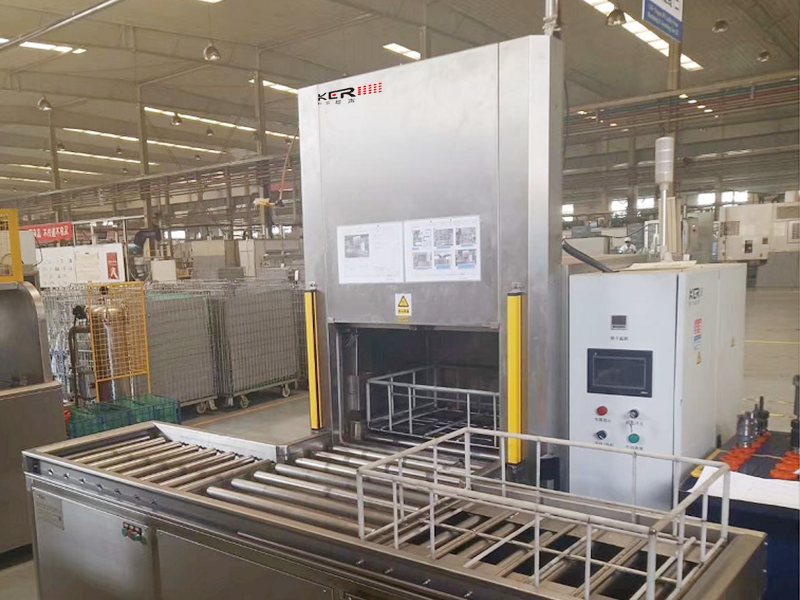

1) Prevent leakage. To prevent leakage (or minimize the amount of leakage when leaking), it is necessary to consider multiple factors. Firstly, pressure detection is set at appropriate positions in each cavity and pipeline system, and all detection values are introduced into the PLC and compared with the preset values stored in the PLC. If there is a significant difference from the set value, the working power is turned off and an alarm is given; Secondly, air control valves are installed between the main components on the pipeline system. When a leakage occurs in one section, the air control valves at both ends of the section can be closed to minimize the leakage. Thirdly, both the air control valve and the solenoid valve controlling the air valve adopt normally closed valves to ensure that the power is cut off immediately and the pipeline system can be isolated in sections.
2)蒸汽浓度监测。在设备内部高位、中位、低位设置多处碳氢蒸汽浓度检测,并设置合理的爆炸安全下限,达到下限时,设备断开工作电源,并启动报警。
2) Steam concentration monitoring. Multiple hydrocarbon vapor concentration detections are set at the high, middle, and low positions inside the equipment, and reasonable explosion safety limits are set. When the lower limit is reached, the equipment disconnects the working power supply and initiates an alarm.
3)杜绝明火。一是在设备内部的电机,如旋转电机、真空泵用电机等均采用防爆电机;管系所用控制阀均为气动阀,控制气动阀的电磁阀均安装在单独的电控箱内;电控箱与设备完全隔离,对电控箱与设备之间的穿线孔全部进行密封;电机、腔体、管系及机架等均良好接地,避免静电产生。
3) Eliminate open flames. One is that the motors inside the equipment, such as rotating motors and vacuum pump motors, are all explosion-proof motors; The control valves used in the pipeline system are all pneumatic valves, and the solenoid valves that control the pneumatic valves are installed in separate electric control boxes; The electric control box is completely isolated from the equipment, and all wiring holes between the electric control box and the equipment are sealed; The motor, cavity, piping, and frame are well grounded to avoid static electricity generation.
4)自动灭火。在设备内部高位、中位、低位设置多处烟气检测点,并设置自动二氧化碳灭火器。在检测到燃烧时,切断工作电源,启动二氧化碳灭火并报警。当灭火完全后,启动强排装置,将碳氢蒸汽及二氧化碳排出设备。
4) Automatic fire extinguishing. Multiple smoke detection points are set up at the high, middle, and low positions inside the equipment, and automatic carbon dioxide fire extinguishers are installed. When combustion is detected, cut off the working power supply, activate carbon dioxide fire extinguishing and alarm. After the fire is completely extinguished, start the forced exhaust device to discharge the hydrocarbon vapor and carbon dioxide from the equipment.
 公司:启航彩
公司:启航彩  热线:18663767799
热线:18663767799 地址:山东省济南市济阳区创业路与启航街交叉口南40米
地址:山东省济南市济阳区创业路与启航街交叉口南40米




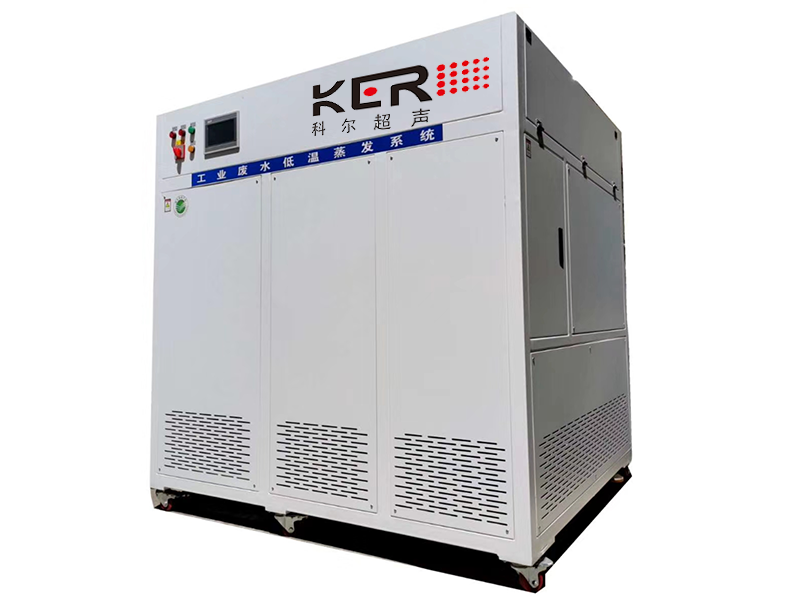
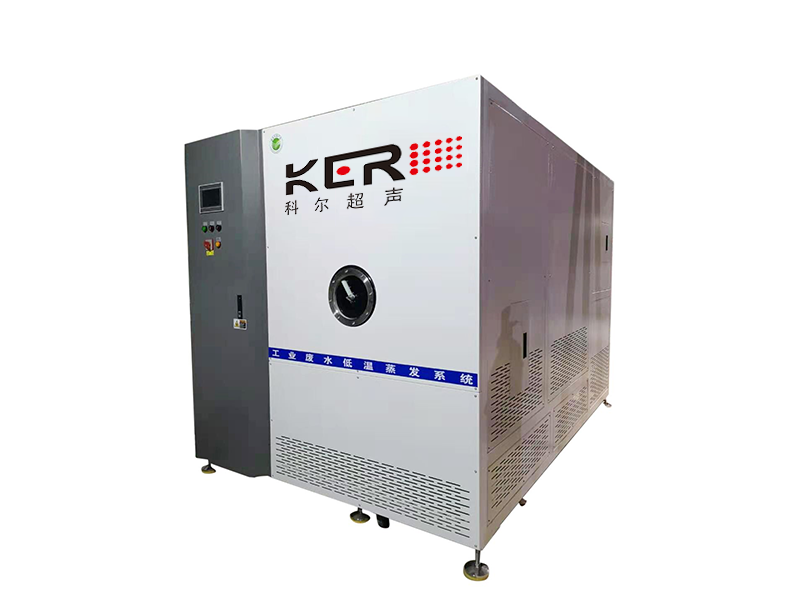
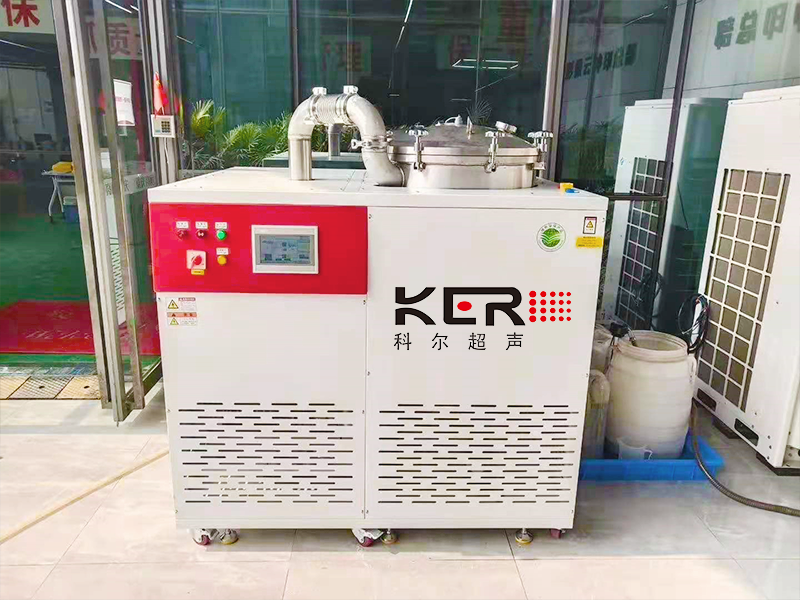
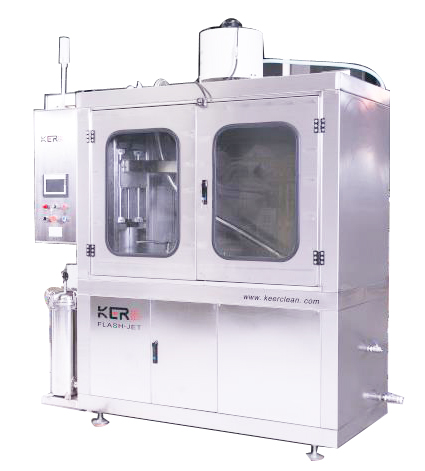
 常见问题
常见问题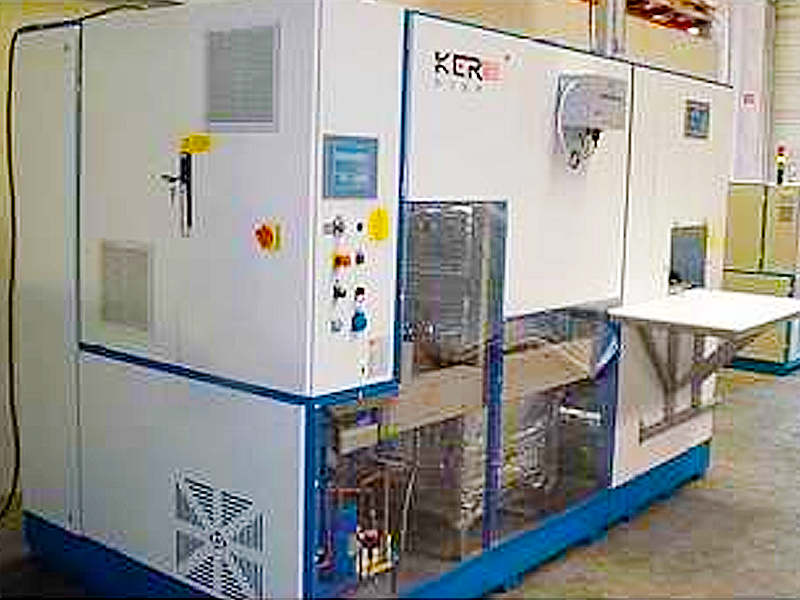
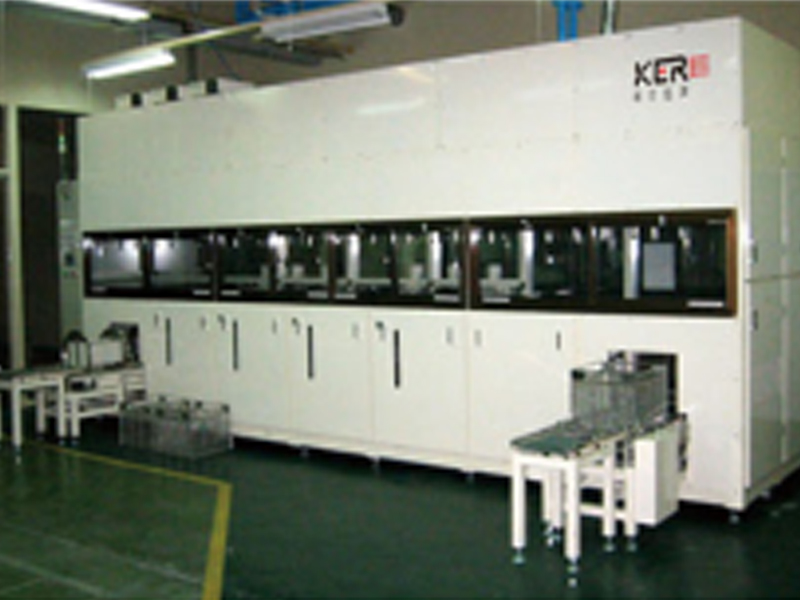
 联系我们
联系我们
 咨询电话:18663767799
咨询电话:18663767799 E-MAIL:jnkergs@163.com
E-MAIL:jnkergs@163.com 地址:山东省济南市济阳区创业路与启航街交叉口南40米
地址:山东省济南市济阳区创业路与启航街交叉口南40米 鲁公网安备 37011202001385号
鲁公网安备 37011202001385号
